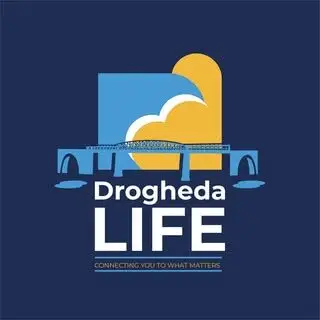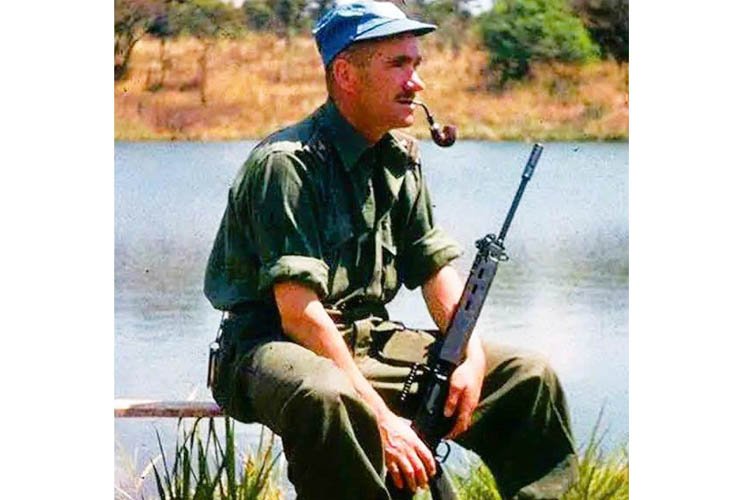Talk by Commandant Leo Quinlan – Hosted by the Veterans Club of Ireland
The D Hotel, Drogheda, 16th of February, 7.30pm – Cover Charge €5pp
Many have seen the Netflix movie The Siege of Jadotville, but this talk by Commandant Leo Quinlan (retired) whose father, the long overlooked Commandant Pat Quinlan, who led the heroic and now world-recognised textbook defence of Jadotville in the Congo in 1961, promises to bring this incredible story to life.
Over 60 years ago the men and boys of A Company 35th Battalion fought a five-day battle that has become known as the Siege of Jadotville. These men and boys served with honour and marked a unique piece of Irish military history. No other unit ever faced a similar battle and incredibly all came home alive.
Congo, 1961
A United Nations Force of approximately 20,000 troops from over 24 countries was deployed in the Congo in 1961. Its commander, based in Leopoldville, was General Seán MacEoin from Ireland. In the breakaway province of Katanga, the UN Force was commanded by Brigadier General Raja from India. The main strength of this brigade, located in Elizabethville, was made up of three battalions from Ireland, India and Sweden.
In late August 1961, a Swedish/Irish force of 300 men was sent to the mining town of Jadotville, 80 miles from Elizabethville, to protect the white population. It was found that the white population needed no protection and in fact were strongly anti UN. The Swedish/Irish force withdrew back to Elizabethville and this prompted Belgium to request more troops to be sent back to Jadotville. UN HQ in New York ordered troops to be sent but the Swedes and Indians refused. It was left to the Irish to comply and A Company moved to Jadotville on September 3.
The 154 men found themselves in a dangerous situation and prepared defensive positions. At 4am on September 13, without informing the Irish troops in Jadotville, the UN attacked Katangan positions in Elizabethville. Three and a half hours later, the Irish in Jadotville were attacked in reprisal and a five-day battle ensued.
The story of this action by Irish soldiers continues to gain significant international interest. It has been taught in various armies around the world and in the past two years it has been presented (through the US Army War College and the British Army) to senior officers from over 100 countries and to organisations ranging from veterans’ associations to historical societies, corporate and educational groups and international police associations.





